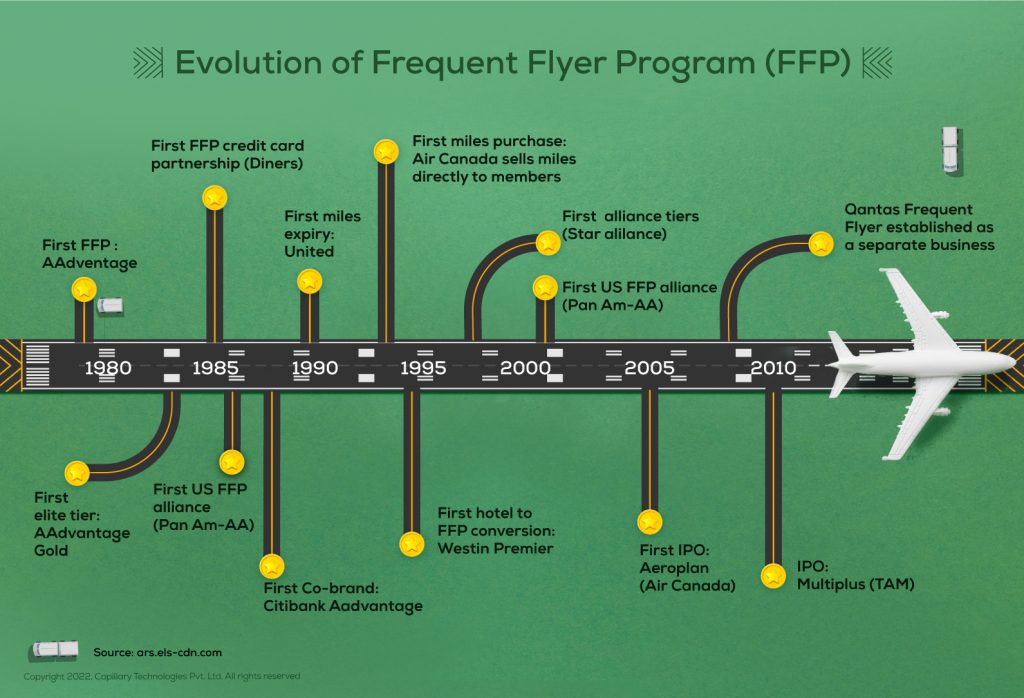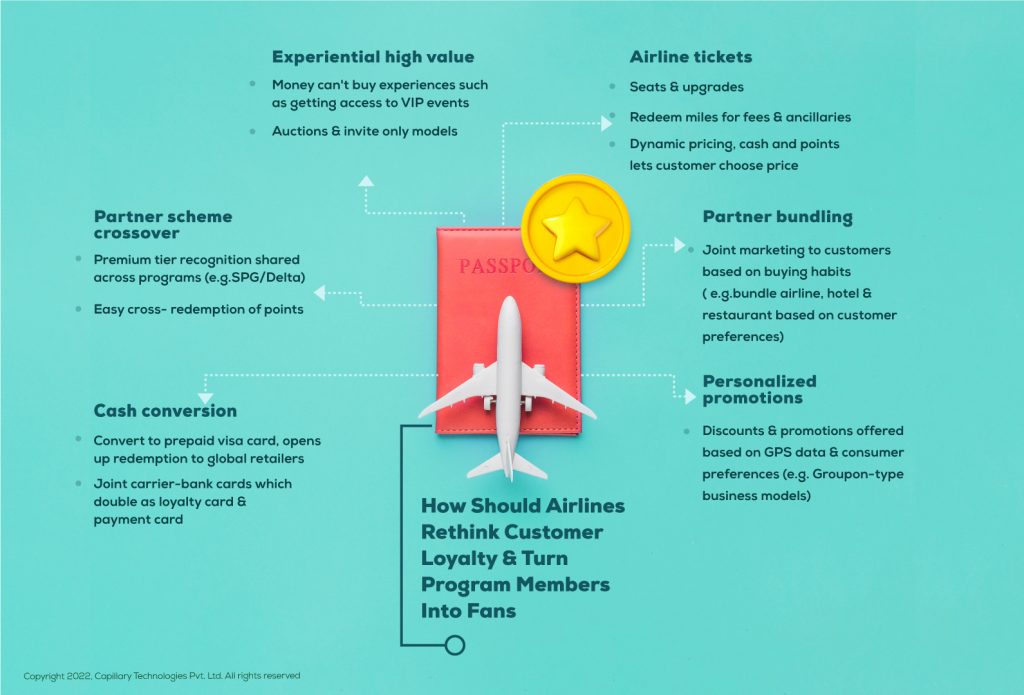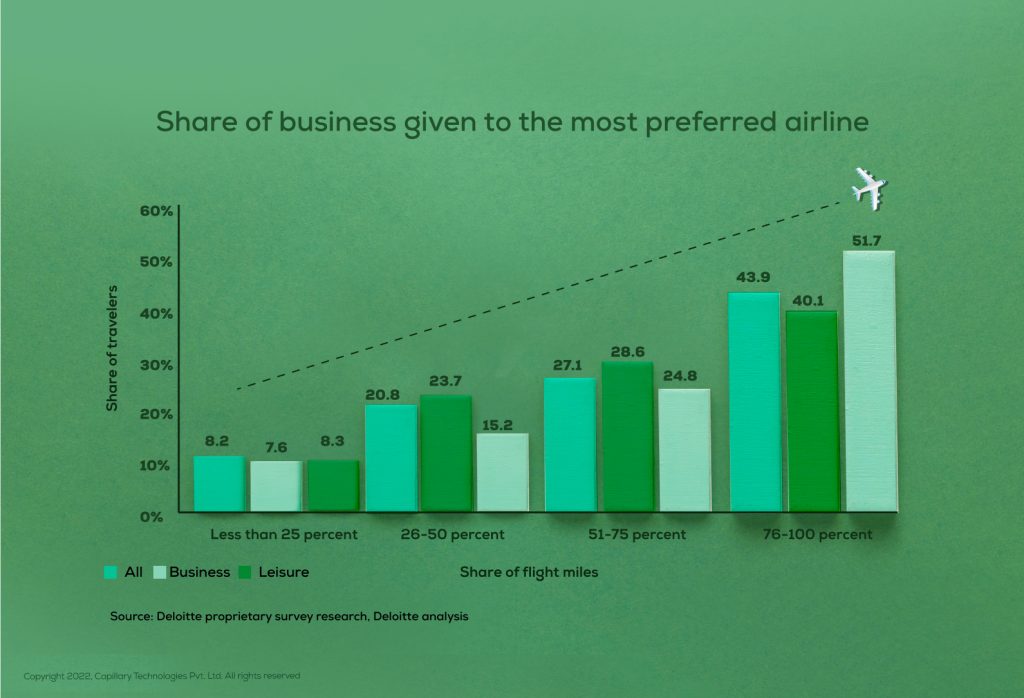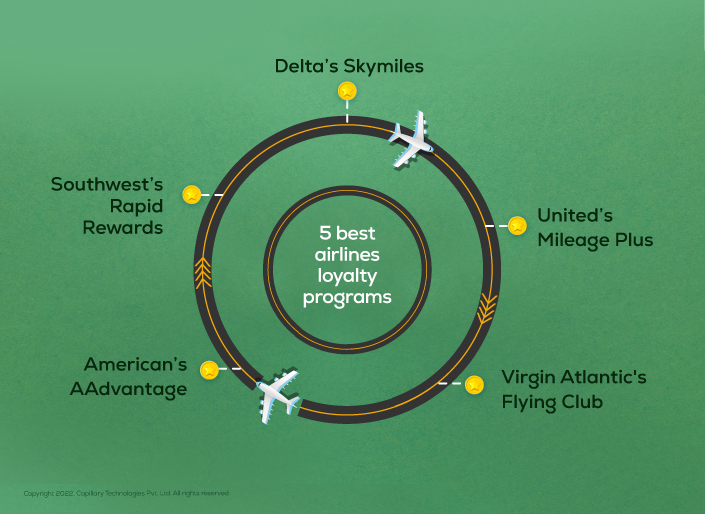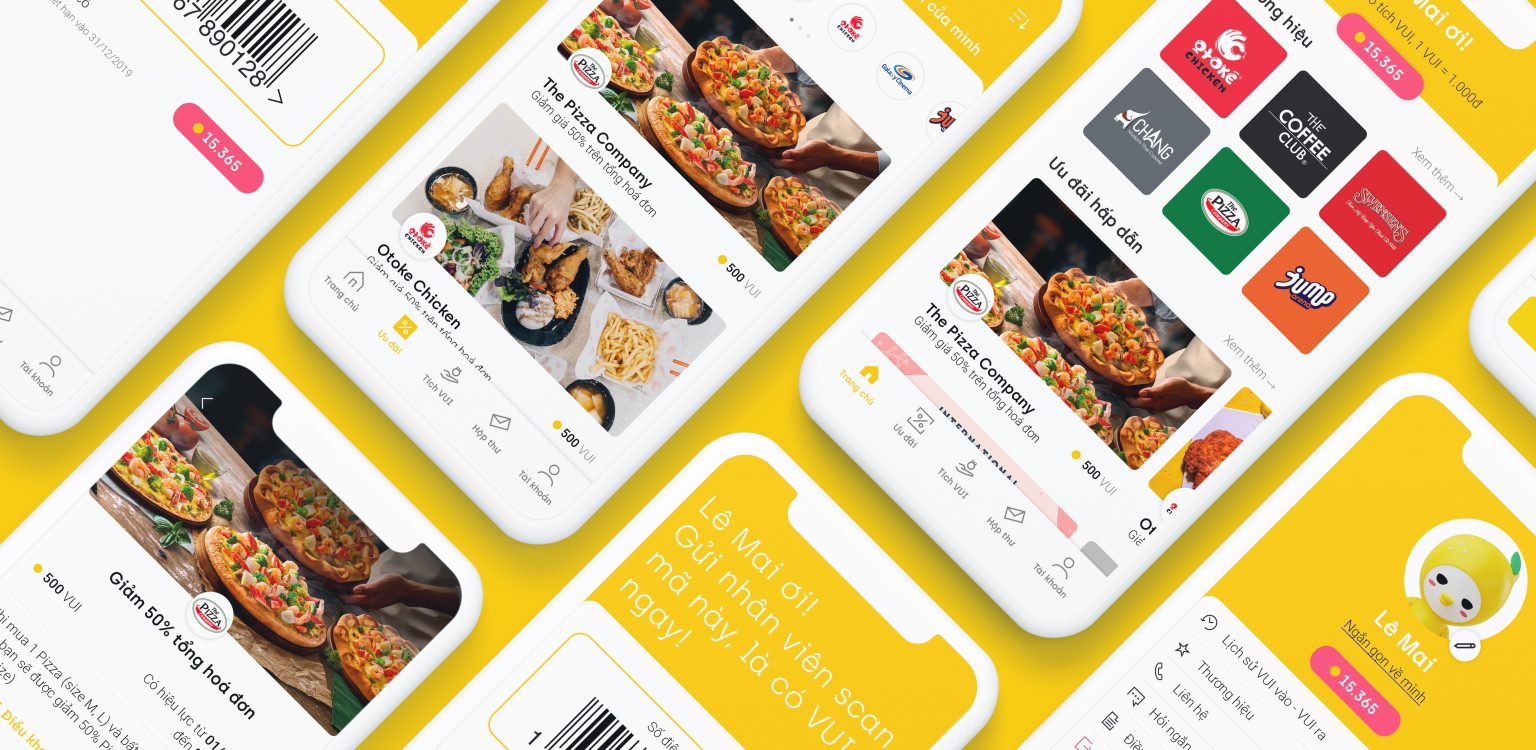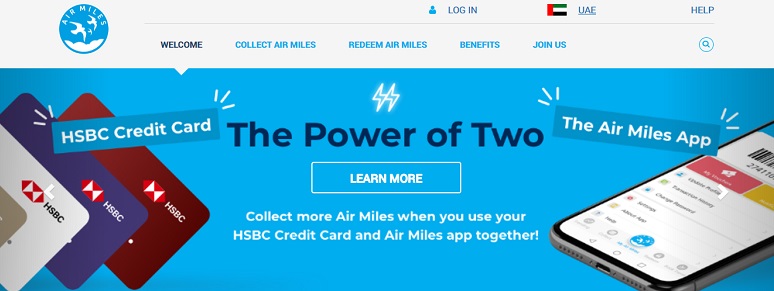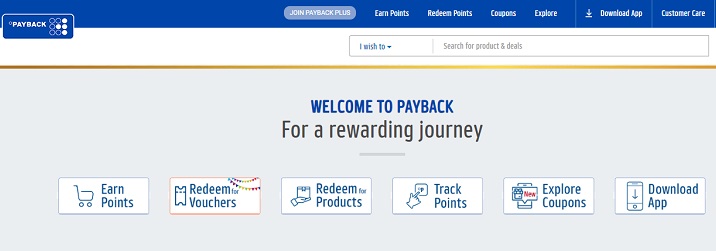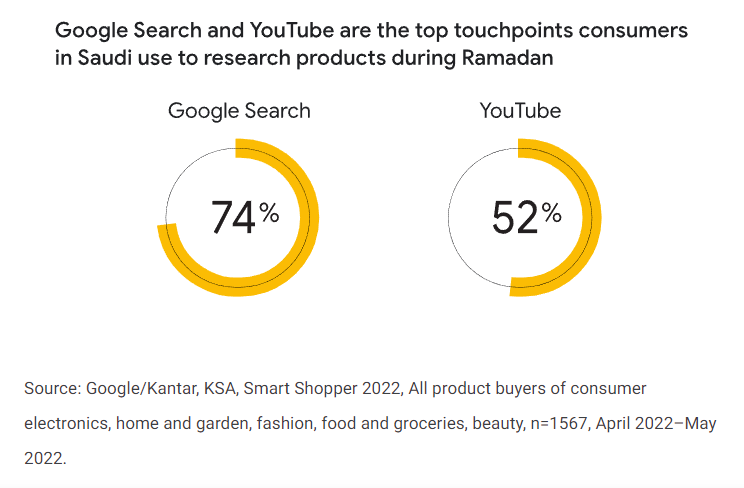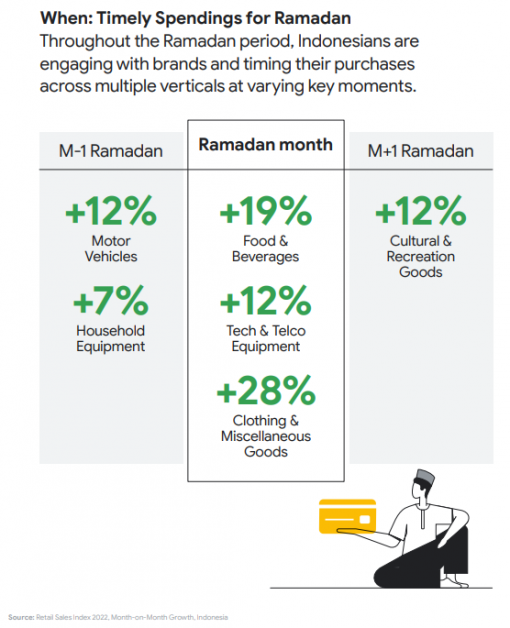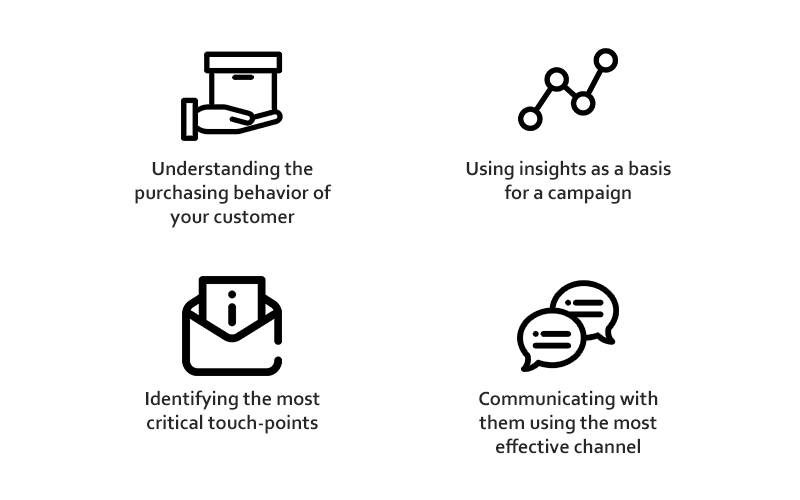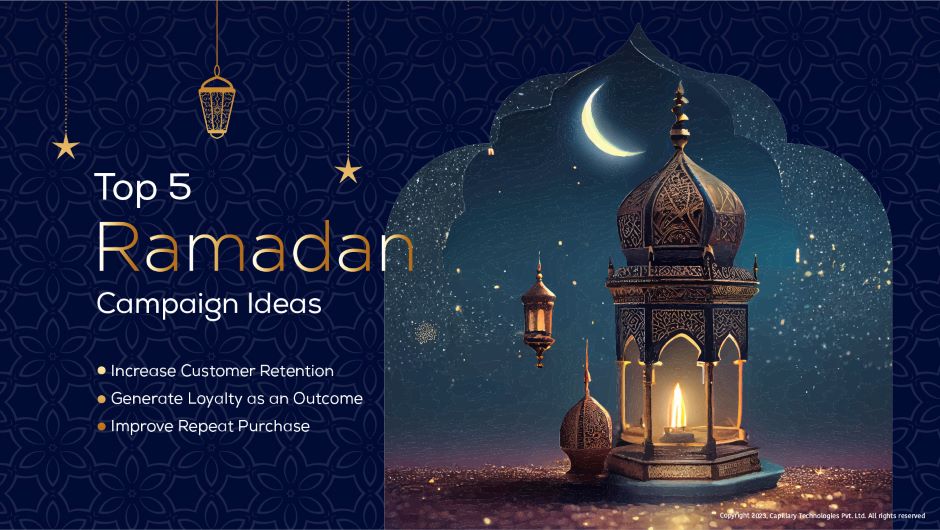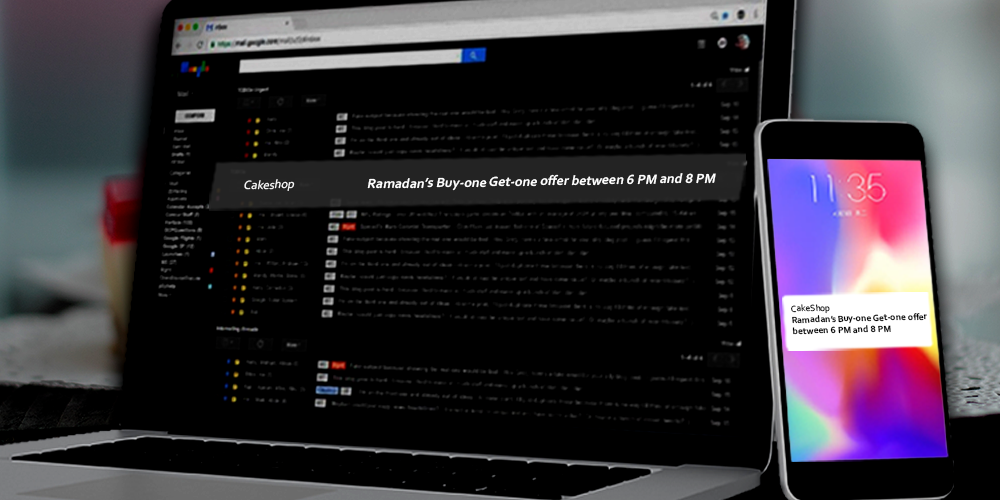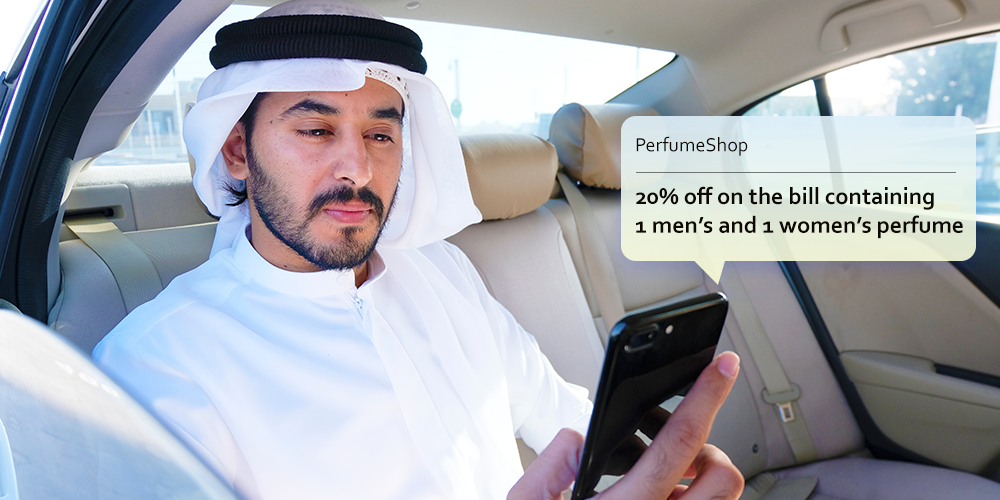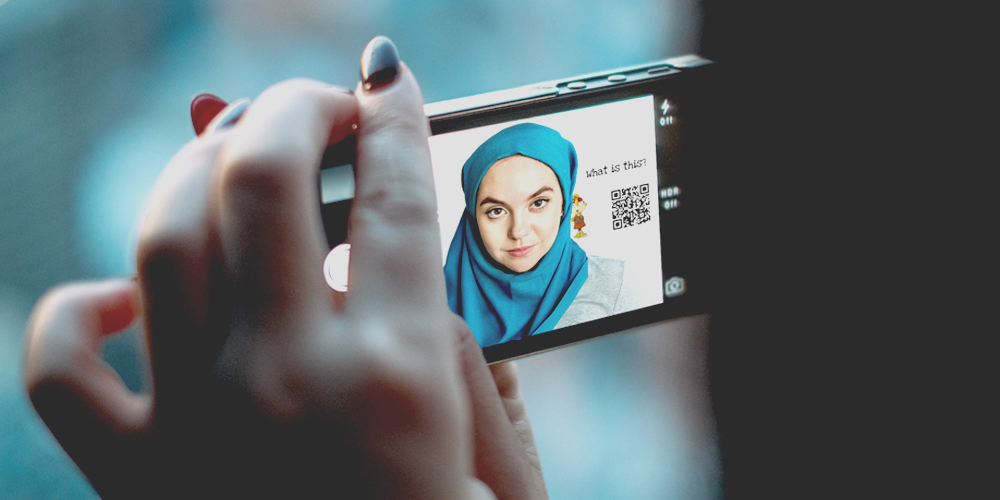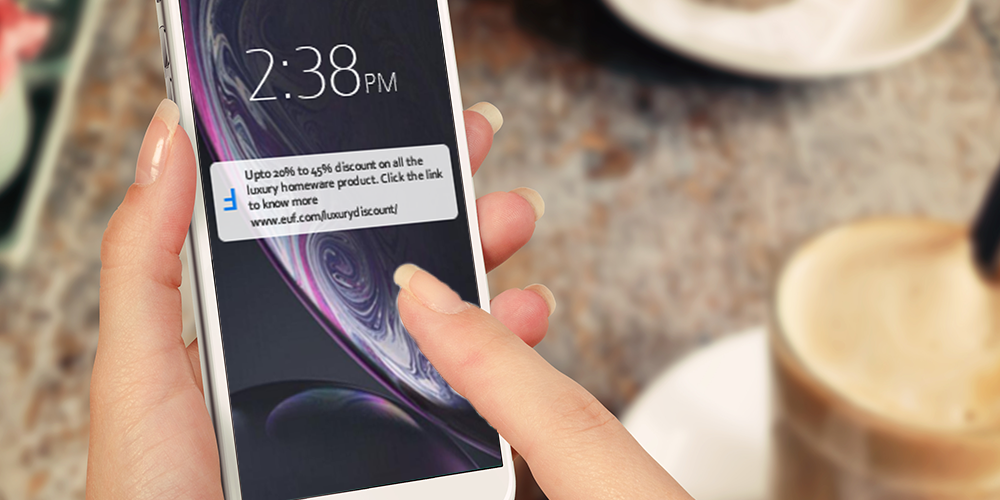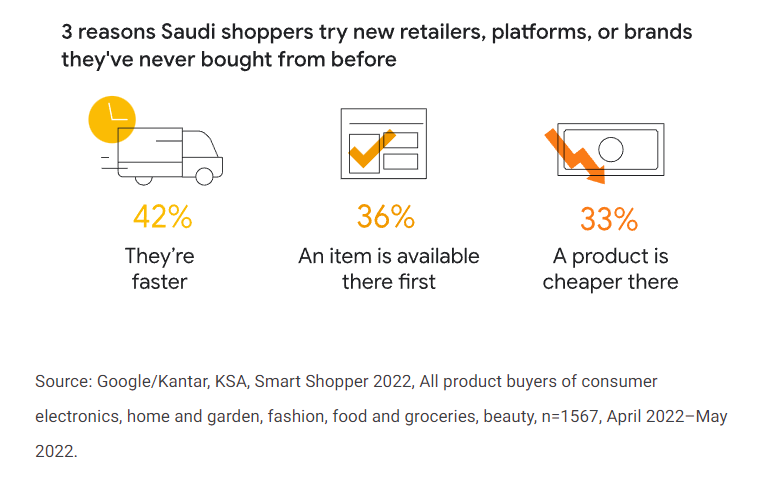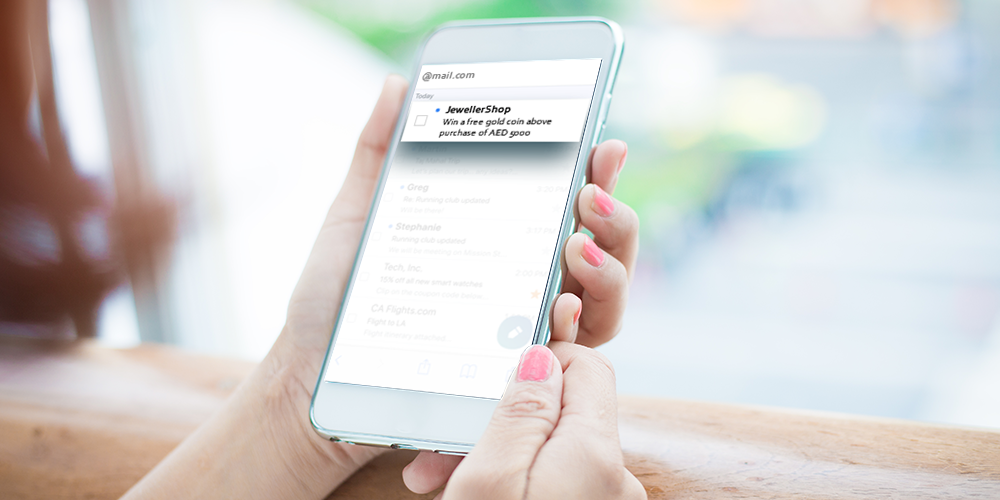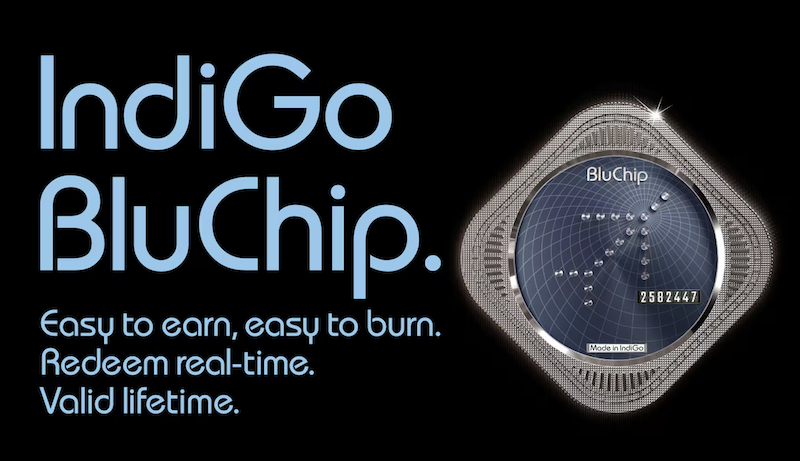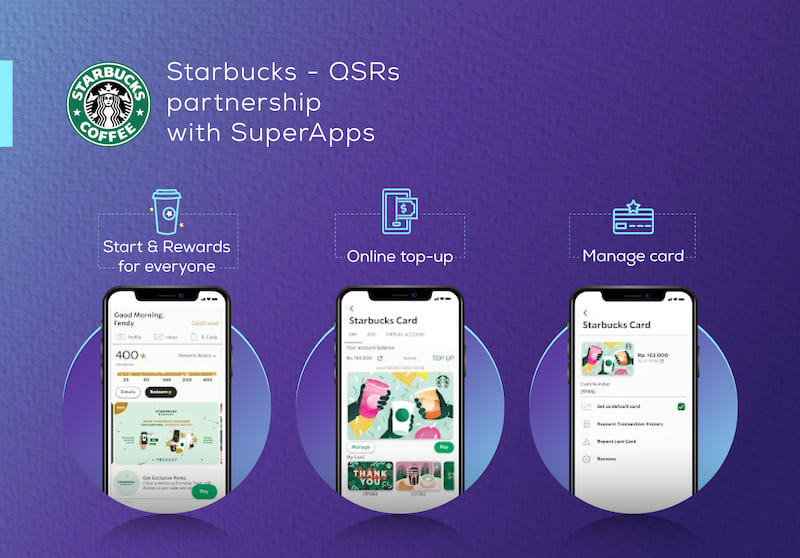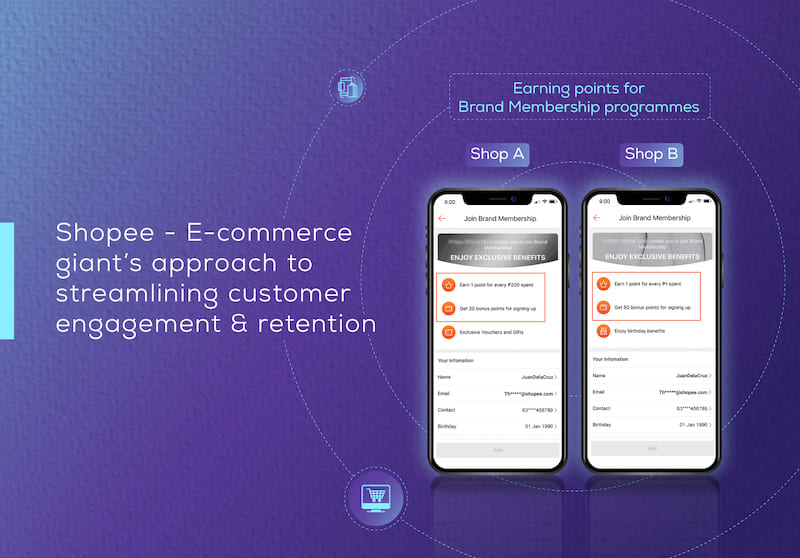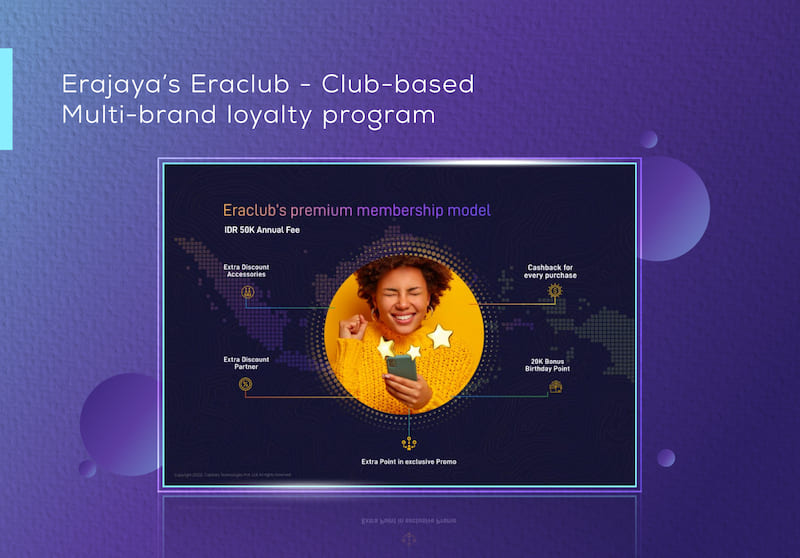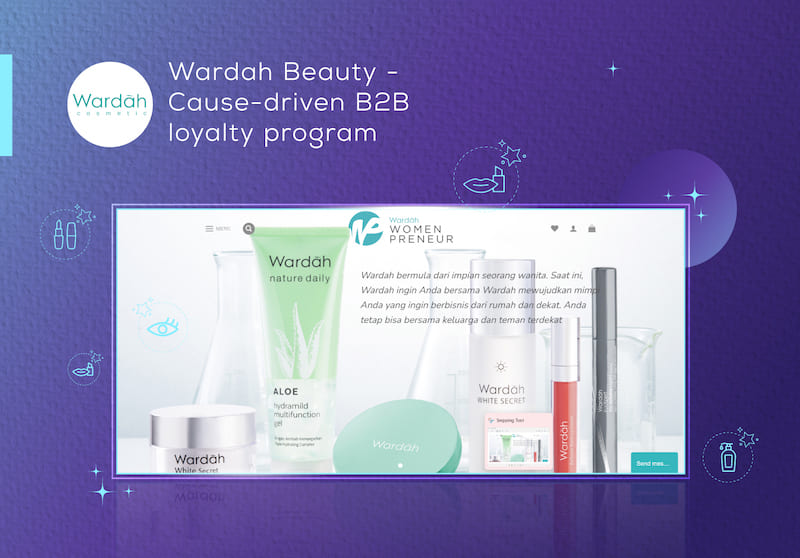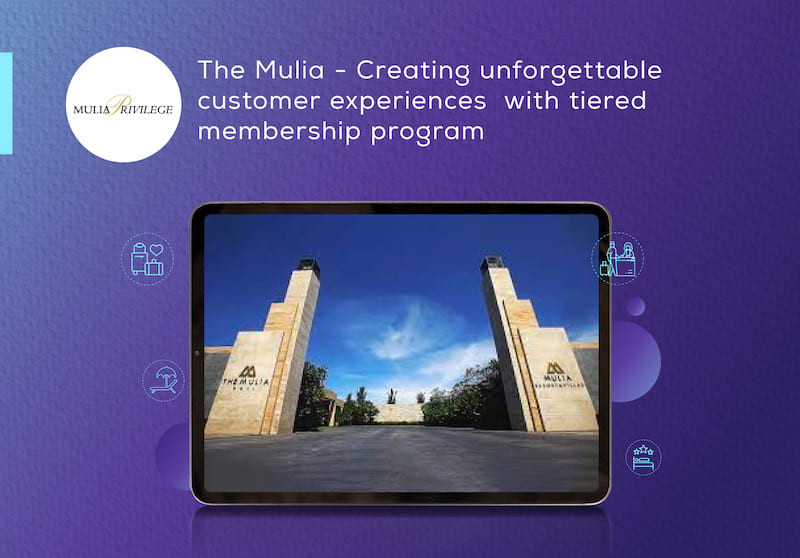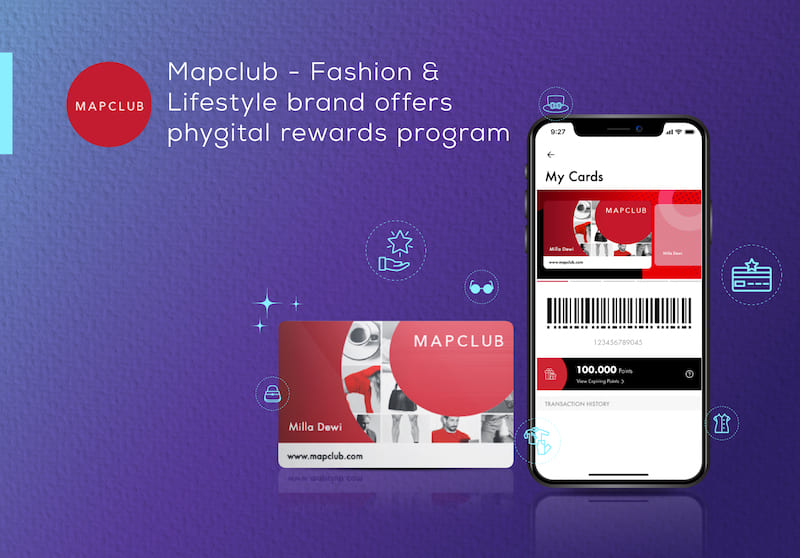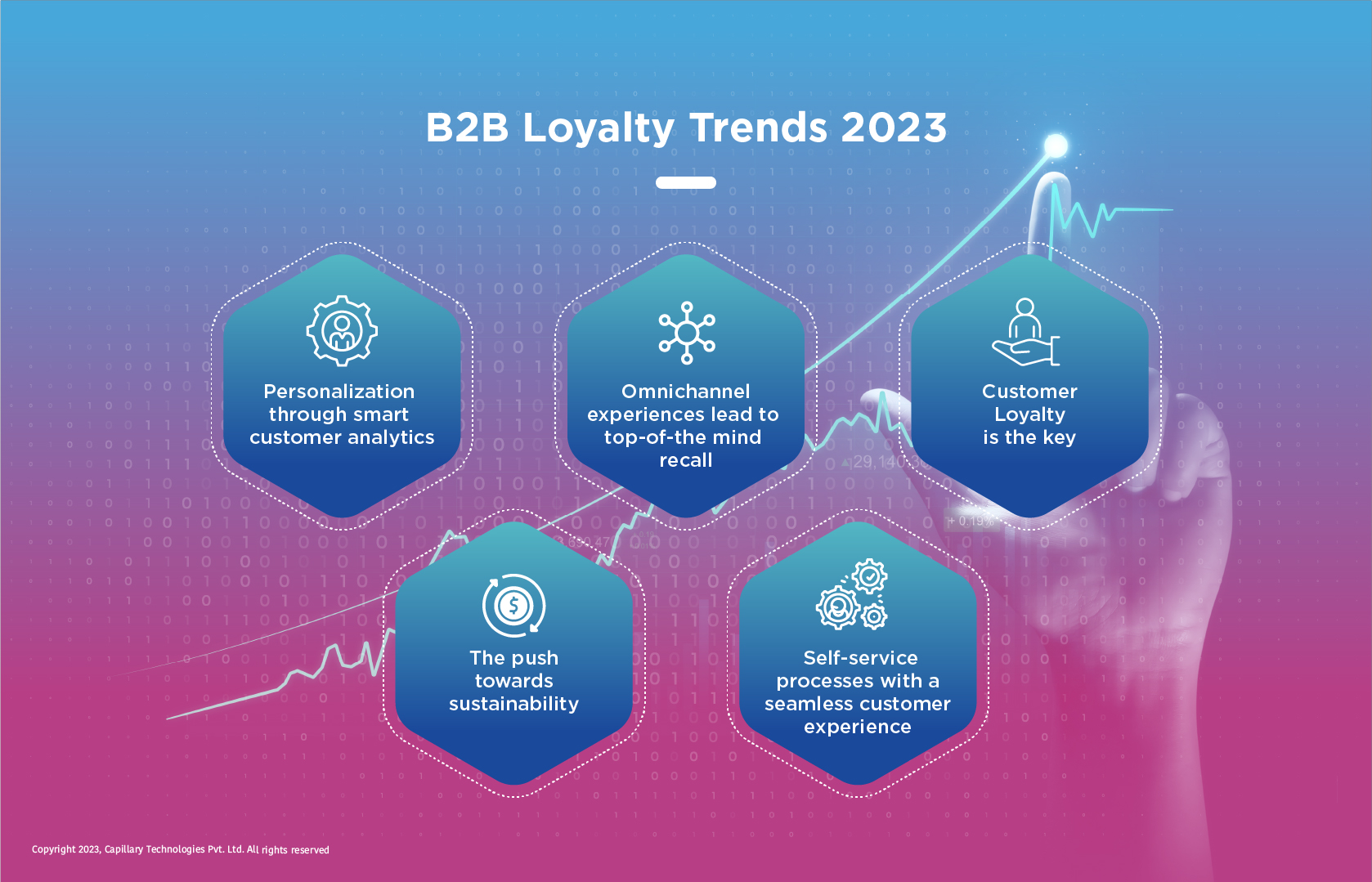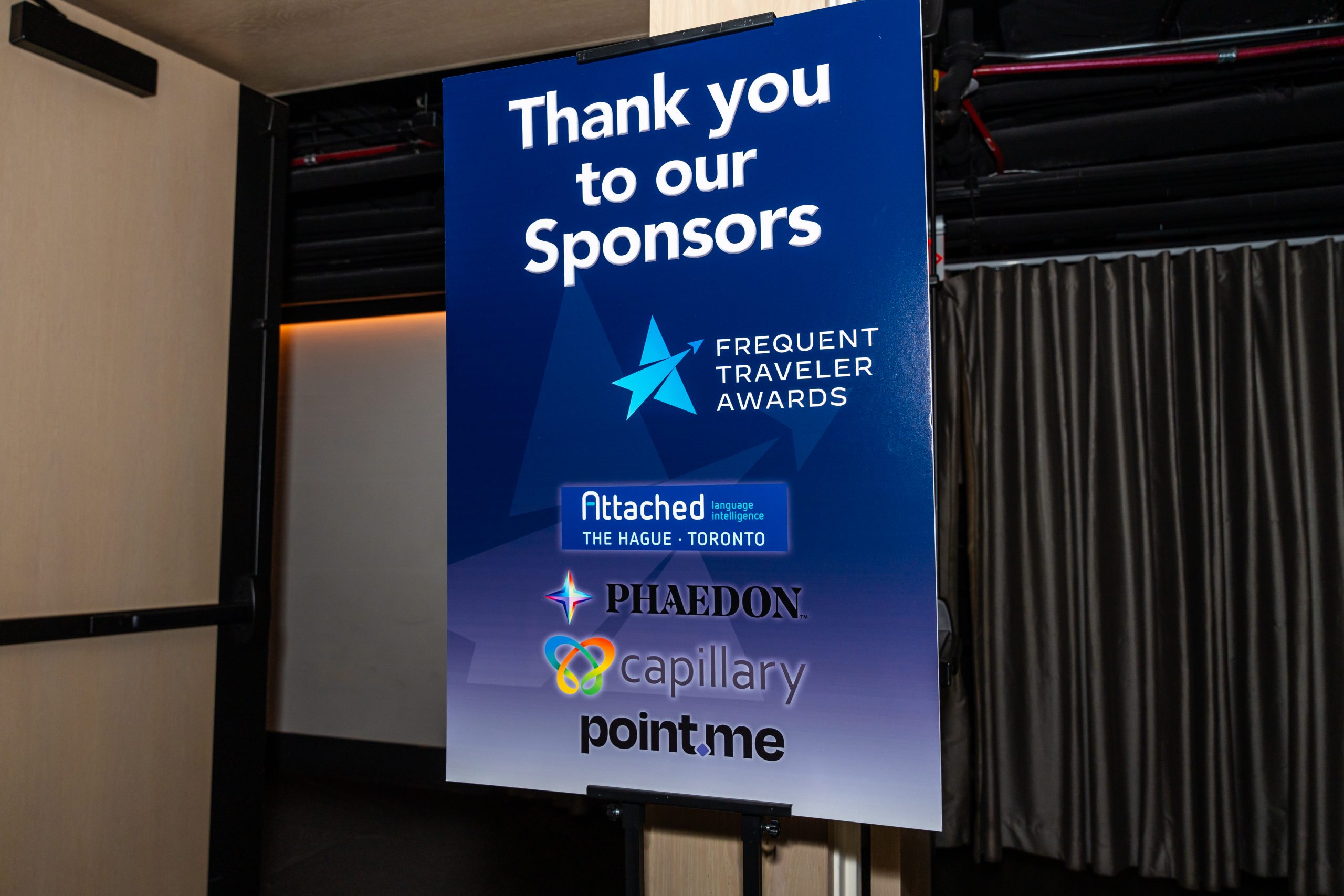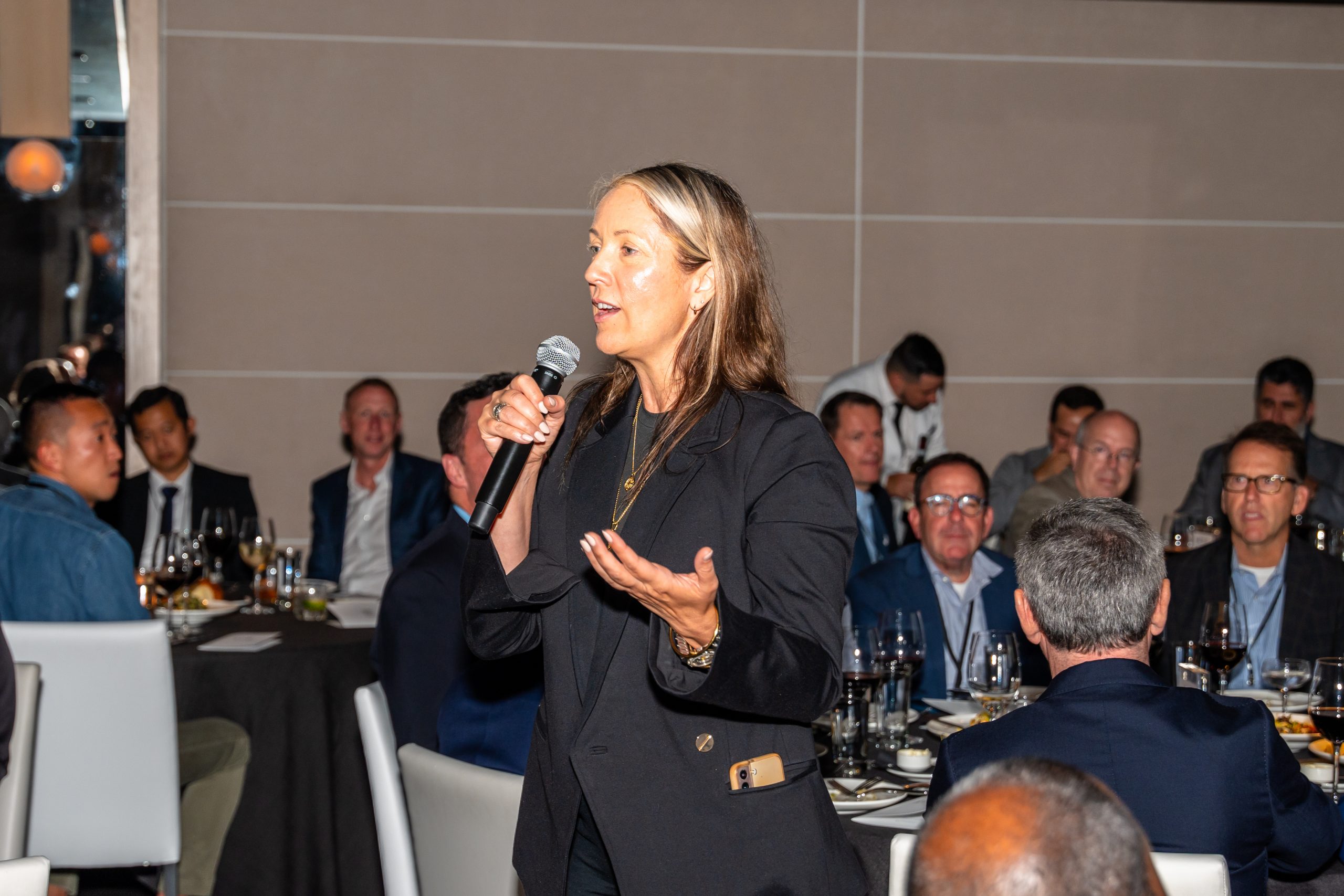Frequent Flyer Programs are far from just a status—they’re a lifeline for the airline industry! These programs do more than just dish out points or miles, they nurture genuine customer relationships. In the fiercely competitive skies, where fare wars are the norm and margins are slim, airline loyalty programs give them a way to stand out.
In this blog, we will cover everything about airline loyalty programs – starting from its definition, the need, the challenges, some of the reigning airline loyalty programs, and why now is the best time for airlines to venture into them.
What is an Airline Loyalty Program?
An airline loyalty program much like any other loyalty program out there, is a tool run by airlines to transform their existing customers into loyal customers. Just like discounts offered to shoppers in any shop, airlines provide benefits to their regular flyers for choosing them over other airlines. However, airline loyalty programs are more than just airline miles and rewards; at Capillary, we call it creating memorable experiences for flyers.
From searching for a flight to booking, boarding, traveling, landing, and, reaching the final destination – it’s the entire customer journey that offers different touchpoints for airline brands to interact with the customers. Since no two passengers are similar, a common approach of making every customer engaged wouldn’t work in the long run. Instead, you need to understand the choices of your flyers & address their needs distinctly. Even when hundreds of passengers are going on each flight regularly, engaging with them on a personal basis needs time and thorough planning for which brands must have a robust marketing strategy.
The Inception of Airline Customer Loyalty
The tradition of making your flyers loyal to the airline brand was started by United Airlines in 1972 with the name ‘Frequent Flyer Program (FFP). Further, in 1979, Texas International Airlines adopted FFP full-fledged by using actual mileage tracking of passengers & rewarding them based on the miles covered in the air. This legacy of FFP was further followed by many airlines including Western Airlines, American Airlines, Delta, Continental Airlines, Air Canada, and many others. FFPs were designed to reward frequent flying customers. It was based on simple math; the more customers fly, the more points they will get & higher conversion rates the airlines will have. The core airline loyalty program – FFP, was based on an earn & burn scheme. The greater will be the distance or miles covered; the greater will be the counter of points, and customers can burn them on the next flight to earn more.
With the growing customer demand, airlines further partnered with associated businesses like cab services, restaurants, lounges, etc., to create unmatchable experiences for their customers throughout their air journey. The earned rewards & offers from FFP programs could now be used to shop for food items at airports, book car rentals, and take flight tickets using exclusive travel credit cards. Ancillary services benefited airlines & associated partners largely in creating a profitable & comforting ecosystem for travelers. Do you know that Frequent Flyer Programs have dedicatedly gained so much popularity in the airline industry that the term then and even today is interchangeably used for airline loyalty programs?
Are FFPs enough to make the Airline Industry Bloom?
Though FFPs gained much fame in the industry, airline customer loyalty is much more than FFPs. Since FFPs can benefit the company as long as they offer flying services, the pandemic was an eye-opener for the airline industry to factor in a situation where airlines had to stop flying services for some time. This was the situation of existential crisis for the airline industry. And that’s the time when airlines figured out the need to widen their scope of the customer loyalty business. Besides contingencies like the pandemic, there are other reasons that have now made airlines shift away from the routine FFP approach & refurbish airline loyalty programs. Let’s take a look at the three callouts:
1. Loyalty programs matter more to some travelers than others
Mark it as a fact. The low-frequency travelers often overlook loyalty programs as they continually seek cheaper flights from any airline. Even if they signed up for a loyalty program, they must be opting for 3-4 programs at a time & they keep switching between them. High-frequency business travelers rank loyalty programs as the second factor when choosing flights over safety & punctuality. That’s why core FFPs alone can’t bring larger outcomes to airlines.
2. Airlines need customized loyalty programs
Every user’s journey is unique right from the purpose of traveling to surfing flights, budgeting, booking patterns, choosing preferences, and thinking of travel ideas. So, even if you mark an ideal customer journey with your flyers, you can miss plenty of touch points with just a single earn-and-redeem loyalty program. Some of your flyers may prefer a complimentary spa session before a late-night flight, while other ones may like to have warm food instead. Existing airline loyalty programs miserably fail to engage with this massive variety of customer preferences. Hence, the need for personalization in the loyalty programs that traditional FFPs won’t offer.
3. A dire need for brand advocates
Your regular flyers can be the best tool to put your airline marketing in shape. It is vital to conduct timed surveys to ask your customers if they prefer to be your brand advocates & share their experiences with others. Airlines often sign celebrities as brand ambassadors to build credibility but in today’s social media age, counting on testimonials from regular flyers can work wonders for your airline brand.
Why is Airline Loyalty a priority now?
When people choose to travel with your airlines, they trust you. When your customers know they are traveling safely with all precautionary measures & treated as per their individual preferences, they won’t be skeptical about choosing your flight next time. Free goodies are still widely preferred by people as they often rake up points in their cart to claim free coffee, complimentary spa lounge services, & even free flights. Though different airlines have different mile reward & redemption systems based on their brand rules, these perks are capable of engaging flyers.
If your airlines widen the scope of airline loyalty programs from FFPs to partner bundling, points to cash conversion options & give personalized promotions – you can grow your customer engagement rate. Your flyers may need to shop for something from the airport, play games to kill boredom, or upgrade their seats – the reasons could be many but as an airline brand, you must factor in all these requests in advance integrating real-time information and airline services, you can help your customers find the solution to the ongoing situation. Recently, Deloitte conducted a proprietary survey of 2572 air travelers who took at least 1 flight in a year with their most preferred airlines. And, here’s what figures tell –
Flyers often travel for business or leisure purposes. Hence, they are looking for comforting experiences in either of the cases. Loyalty programs are meant to make this journey convenient & hassle-free for flyers unlocking access to an exclusive airline experience. Here, partnering with travel & hospitality businesses and enabling your customers to use their loyalty points to access these VIP services can help you find an edge. You can also add perks of traveling with your flight rather than your competitors.
The environmental & climatic change that we’ve witnessed in the late 2020s worldwide has made businesses and travelers mindful of their choices & preferences for that need. As a result, industry leaders, business owners, and individuals are discussing sustainability goals and taking action in support. Shai Weiss – CEO at Virgin Atlantic, shares the vision of airlines with sustainability in his TED talk about how their airlines are paving the way to fulfill the pledge of net-zero emissions by 2050. Your brand too can take a step towards airline sustainability or any other cause you support. Futuristic loyalty programs & loyal flyers often prefer airlines that not only support global causes but also work towards them. All airline businesses sooner or later adopt these trends to offer personalized experiences to their flyers. However, given that the trends keep changing and the technology is constantly evolving, airlines must open new dimensions to stand out in this competitive world.
And the 5 Best Airline Loyalty Programs are…
- SkyMiles by Delta Air Lines – Delta flyers can earn miles while traveling on Delta as well as via their partner airlines like Aerolíneas Argentinas, Aeroméxico, Air Europa, Air France, China Airlines, China Eastern, Czech Airlines, Garuda Indonesia, Kenya Airways, KLM Royal Dutch Airlines, and many more. For its members, miles never expire; they can shop on the SkyMiles marketplace or opt for upgrades anytime they plan to travel.
- Rapid Rewards by Southwest Airlines – With some 3900 flights and no blackout dates, Southwest’s Rapid Rewards can be used on car rentals, hotel stays, & of course, flight upgrades with no expiration timelines.
- AAdvantage by American Airlines – American Airlines has more than 1000 partner companies, and their AAdvantage flyers can redeem miles while opting for flights, hotels, upgrades, and even shopping for retail products at 1200+ stores like Sephora, Adidas, Walmart, Groupon, Macy’s, Eddie Baver.
- Virgin Atlantic Flying Club – Virgin Atlantic’s flying club members can spend miles with their host partners like eBay, Tesco, Delta, and many more. The best part is the redemption of reward travels & discounts on the Virgin Holidays.
- Mileage Plus by United Airlines – United Airlines lets its travelers access thousands of destinations across the globe with their 30 partner airlines. From enjoying cruises to having fine dining & shopping experiences, flyers can use their reward points for everything.
Airline Customer Loyalty: The Runway to the Future
It’s clear that airline loyalty programs have become the lifeline for the industry. Even if customers fly just once a year, airlines can maintain a connection with their flyers all year round through partner programs, co-branded credit cards, digital wallets, and marketplace shopping.
The benefits of investing in a robust airline loyalty program is undeniable. With Capillary’s value-driven loyalty framework, brands can quantify the boost in top-line revenue a loyalty program can bring. This fresh take on loyalty, combined with upcoming trends and deep customer insights, can attract more travelers to your brand.
It is time to give your airline loyalty program a facelift. Reach out to our Loyalty Experts to revive your FFPs & transform them into the most engaging airline loyalty programs.
FAQs
What are Airline Loyalty Programs?
An airline loyalty program is a strategic tool used by airlines to turn casual flyers into loyal customers by offering benefits for their repeated choices, similar to shopper discounts in retail stores.
Why is Airline Customer Loyalty important?
Travelers trust your airline when they feel safe and catered to their preferences, making them likely to return. Perks such as free coffee, spa services, or flights not only delight but also build loyalty, despite varying mileage systems across airlines.
What are the best Airline Loyalty Programs?
Here are the 5 best airline loyalty programs – SkyMiles by Delta Air Lines, Rapid Rewards by Southwest Airlines, AAdvantage by American Airlines, Virgin Atlantic Flying Club, and Mileage Plus by United Airlines.
Related Blogs
Top 5 Travel and Hospitality Trends to watch out for in 2025
10 Ways Airlines Can Combat Loyalty Fatigue Among Frequent Flyers
Maximize Airline Loyalty Programs for Profit and Passenger Satisfaction: A Guide through Examples
